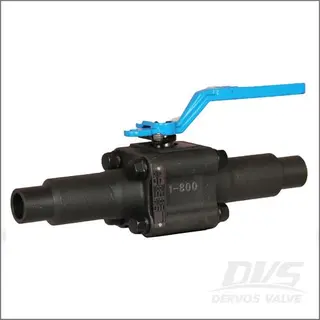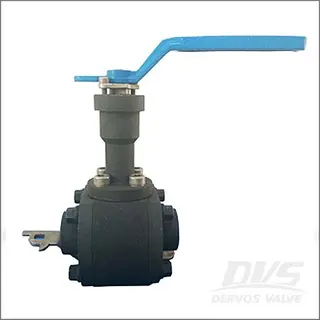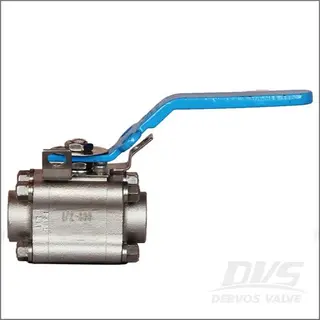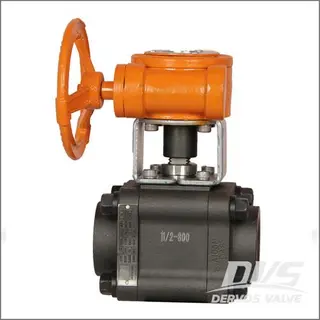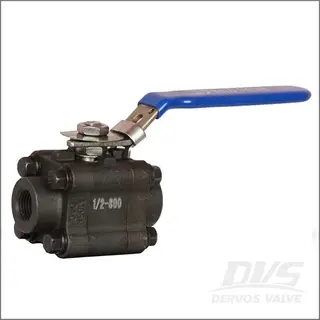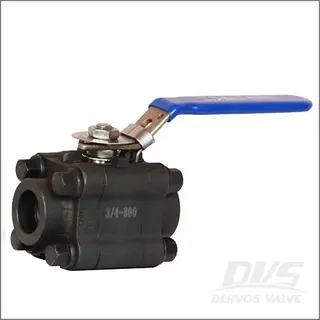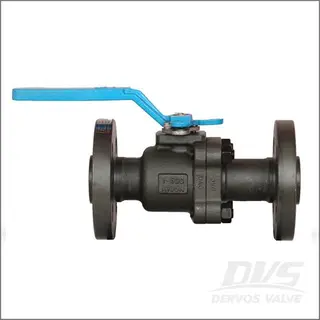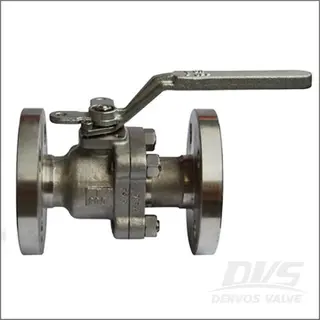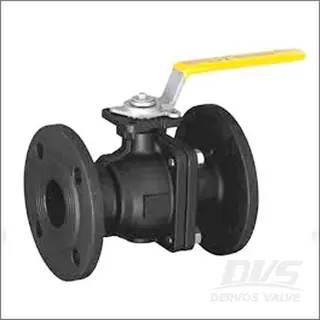Forged Steel Ball Valve
A 3-piece forged ball valve is a high-performance industrial valve with three main components: two durable end caps and a robust center body, all precision-forged from high-grade steel. This innovative three-piece design allows for quick disassembly and maintenance without requiring removal from the pipeline, significantly reducing downtime and operational costs.
These valves are engineered for reliability in demanding applications and provide exceptional strength, leak-proof performance, and long service life. The forged steel construction ensures superior resistance to high pressure, extreme temperatures, and corrosive media, making them ideal for oil & gas, chemical processing, petrochemical, and power generation industries.
Easy maintenance – The Center section can be removed for cleaning or repair without disconnecting pipes
Superior durability – Forged steel body withstands high-pressure and harsh environments
Bubble-tight sealing – Reliable shut-off for critical applications
Versatile configurations – Available in full port, reduced port, and multiple end connections
Trusted by industries worldwide, 3-piece forged ball valves deliver unmatched performance, safety, and cost-efficiency for your most challenging flow control needs.
A two-piece forged ball valve consists of two main body sections that clamp together around the ball assembly. While offering a more compact design than three-piece valves, this construction presents maintenance challenges – servicing requires complete removal from the pipeline. The valve's sealing performance heavily depends on proper bolt torque at the central connection, where inadequate tightening can lead to leaks.
Due to its structural design, this valve type is not recommended for high-pressure applications (typically limited to <600 psi). The permanent body connection makes internal inspection and part replacement difficult compared to modular three-piece designs.
Best suited for
General industrial service
Low to medium-pressure systems
Applications where space constraints exist
Non-critical processes with infrequent maintenance needs
While cost-effective for basic applications, engineers should consider three-piece designs when anticipating regular maintenance or requiring higher pressure ratings.


